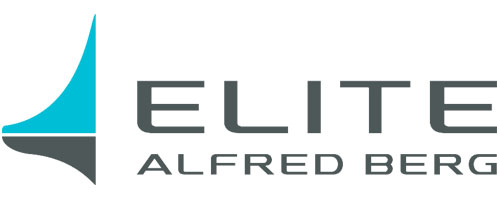THE REAL ESTATE CRISIS AND THE RISK FOR DEVALUATION – HOW TO MITIGATE AGAINST IT?
In times of increased interest rates, decreased occupancies, higher costs and imperative of sustainability, the risk for devaluation of Real estate assets is higher than ever. How to mitigate against that risk, I’d say, the answer is asset management and better grip on the actual assets.
Let me explain why.

To put it short, the RE investment community has had extraordinary last decade(s). Most of the industry has been extremely successful for quite some time. And this is mainly due to an exceptionally long period of extremely low interest rates. To put it provocatively, anyone can have succeeded in the zero to low interest rate environment. Now the game has changed – and quite dramatically.
Increased interest rates, decreased occupancies, higher costs and imperative of sustainability, the risk for devaluation of Real estate assets, and especially the offices, is higher than ever. Conventional wisdom says that assets should be devalued somewhere 30% to 40% but to make this write-off overnight would get the whole financial system in big trouble – if not systemic default, which would be catastrophic. So what does this leave us with?
With regards to the RE industry, now it is time to start work again on practicalities of the daily operations. The performance of the individual assets and their aggregated Net operating income on SPV level will distinguish winners from the losers.

And this is where Asset management plays the decisive role. Such boring and everyday operative things, like Wault, Yield, occupancies, income, opex, capex, rental levels, rental adjustments, arrears, tenant retention and satisfaction, ESG, budgets, etc. are back on the table – if they ever left it. However, these are just metrics and conceptions. The real impact will happen in daily operations on the asset level with real world stuff. Decisive for that to happen is for Asset management to collaborate with Property management – from human to human.
And for this to happen one cannot rely on Excel spreadsheet as the main management tool and e-mail as the only communication tool.
However, since most of the valuable RE data is residing in local legacy Property management systems (in respective market areas), most of the time we face a problem, how to capture and update an aggregated view of all the assets in different geographical locations, while the data is stored and maintained by the local service provider in a local system.

This is where applications like Assetti come handy. We have created numerous integrations to local RE systems across Europe, whether a Financial admin / ERP system or pure PM play. These include e.g.
- ixHaus, DATEV, SAP, Haufe PowerHaus (Germany)
- UNIK (Denmark)
- UNIT4, Vitec (Sweden)
- Rimo5 (Switzerland)
- Procountor, Netvisor, Fivaldi (Finland)
By connecting to underlying legacy systems one keeps the view of the assets up-to-date and by giving property managers an access to Asset management platform one keeps everybody on the same page how things are on the asset level. This leads to numerous operational benefits, such as
- more frequent follow up of the business plans
- more detailed view on operating expenses (e g energy)
- speedier reaction to deviations from Planned to As-Is
- improved budgeting – and most of all –
- improved collaboration between Asset and Property management.
So to answer my question I phrased in the beginning THE REAL ESTATE CRISIS AND THE RISK FOR DEVALUATION – HOW TO MITIGATE AGAINST IT? the answer is Asset management.
If you are interested in how Assetti can help you and your company in Asset management please contact us at your convenience or book a demo to see it yourself.
“Photo: Messe München”









